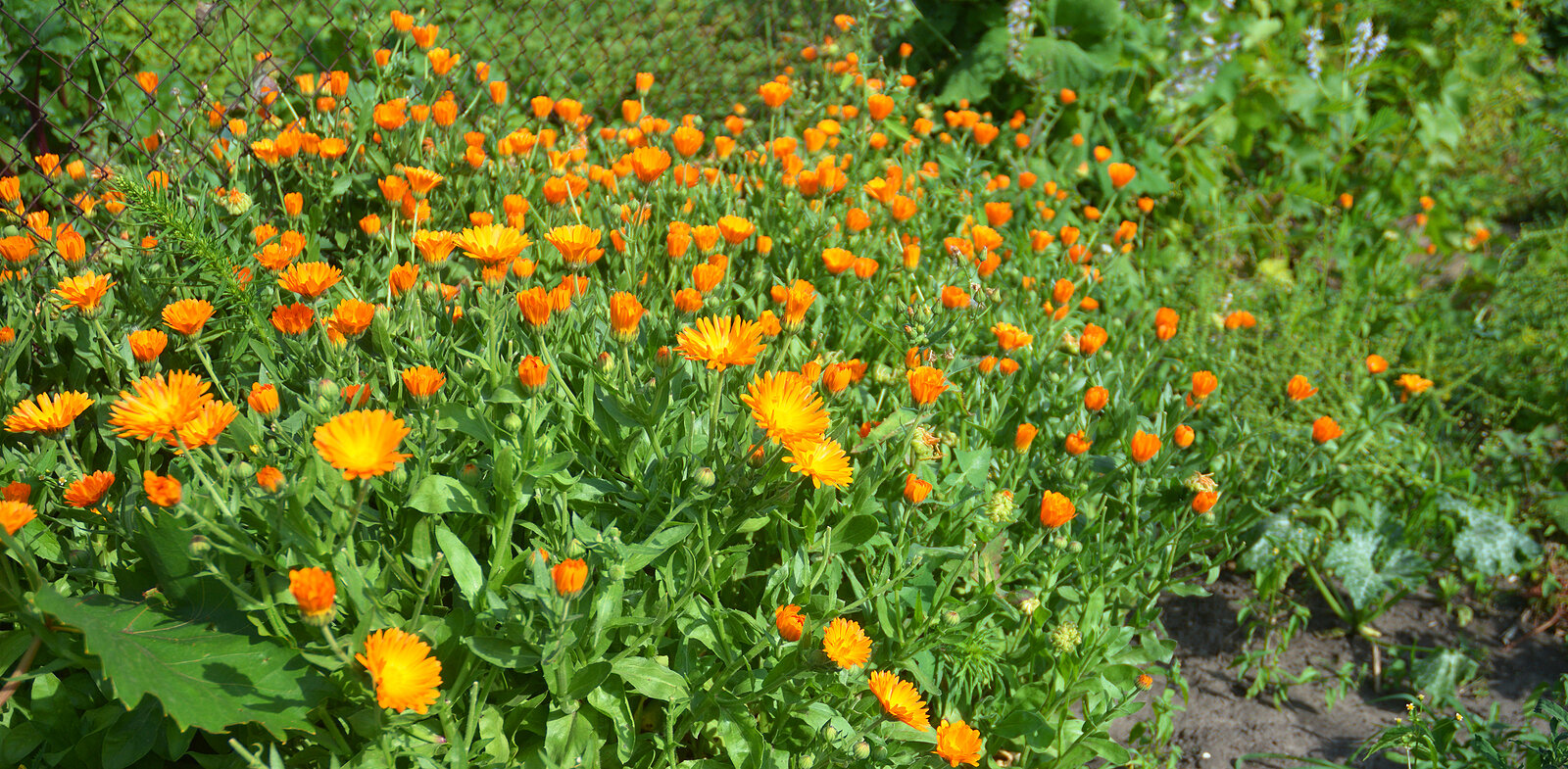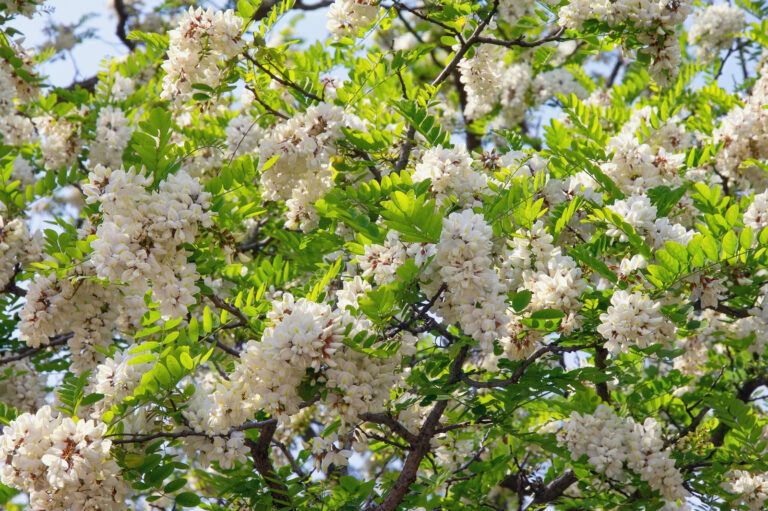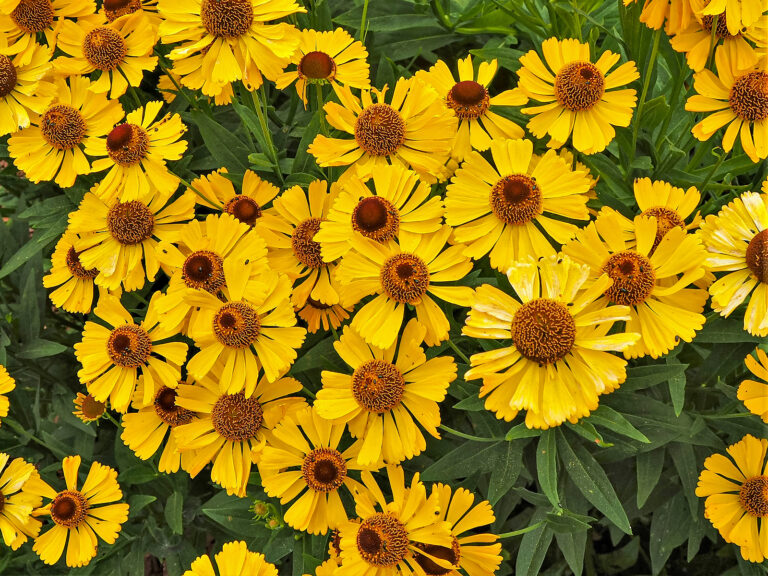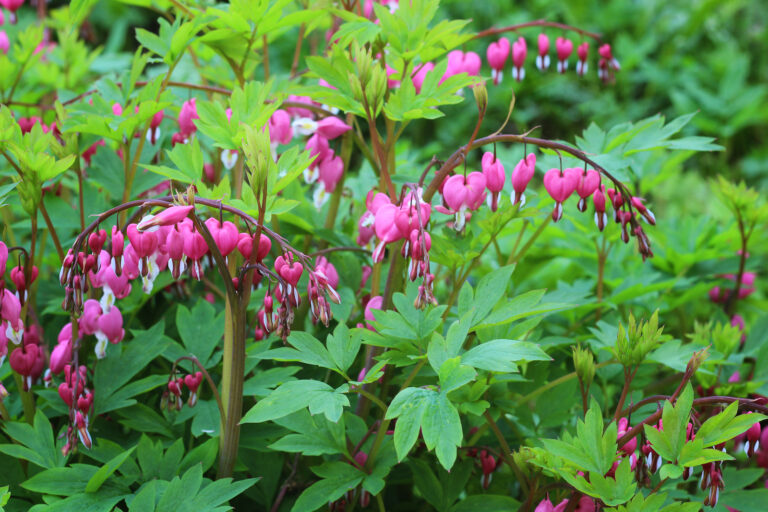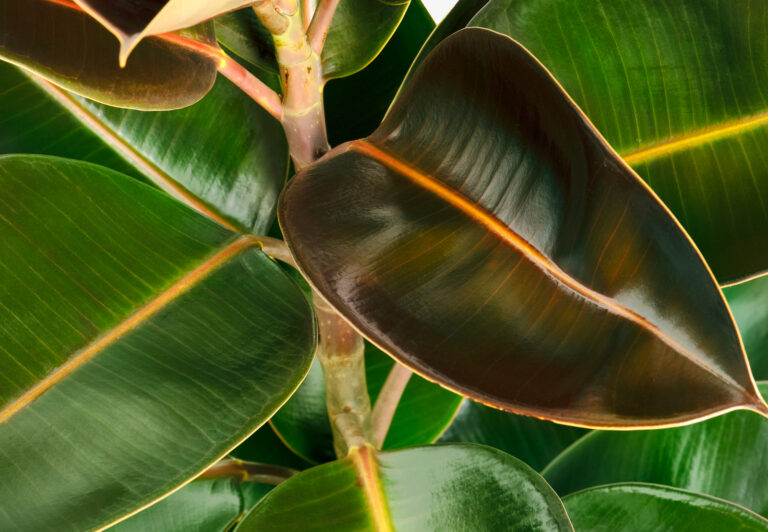Hardy, Half-Hardy, and Tender Flowering Plants
Hardy is a term used to describe a plant’s ability to survive in a specific climate zone—even through the cold of winter. Commonly gardeners use the term “hardy” to describe a plant that can survive a freeze, frost, or a cold snap.
Half-hardy is a term used describes plants that can survive only limited or light frost—meaning just an hour or two of frost or near-freezing temperatures. Half-hardy plants must be protected from anything more than a touch of frost.
Tender is a word used to describe plants that are injured by frost or cold weather. Tender plants must be protected from temperatures near freezing.
It is important to note that these terms can be applied relative to the climate where they grow; a plant may be hardy in one zone but not hardy in another. A gardener may say a plant is hardy in her garden—it will survive the winter, but a second gardener in a colder region will that same plant is not hardy.
It is important to note that there are no similar words or phrases to signify a plant’s ability to live through heat, wet, or drought—so all of these conditions are sometimes, but not always, included under the word “hardy’. Thus, a plant hardy to Quebec, which will usually die of heat in Florida or of drought in Arizona may be called “not hardy” in those warmer climates.
In practice, however, gardeners speaking of hardy plants commonly mean those which survive the winter in northern regions. Plants not hardy are called half-hardy or tender.
Hardy annuals
Hardy annuals are those of which seed may be sown early in the open garden, the seedlings being able to withstand spring frosts, such as poppies, as opposed to half-hardy and tender annuals such as zinnias, which must be started indoors, or if outdoors, sown after all danger of frost is past.
A hardy annual flower can withstand a light spring frost and can, therefore, be started from seed sown in the open as soon as the soil can be worked.

Hardy annuals
| Botanical Name | Common Name |
| Brassica oleracea | Flowering cabbage and kale |
| Calendula spp. | Pot marigold |
| Centaurea americana | Basket flower |
| Clarkia spp. | Satin flower |
| Cleome spp. | Spider flower |
| Coreopsis tinctoria | Calliopsis |
| Cynoglossum amabile | Chinese forget-me-not |
| Dianthus barbatus | Sweet William |
| Digitalis purpurea ‘Foxy’ | Foxglove |
| Eschscholzia californica | California poppy |
| Gallardia pulchella | Blanketflower |
| Helianthus spp. | Sunflower |
| Iberis amara | Rocket candytuft |
| Iberis umbellata | Globe candytuft |
| Lianthus spp. | Mountain phlox |
| Linaria maroccana | Toadflax |
| Linum grandiflorum | Flowering flax |
| Lobularia maritima | Sweet alyssum |
| Lupinus texensis | Texas bluebonnet |
| Lychnis coeli-rosa | Rose of heaven |
| Lychnis coronaria | Rose campion |
| Matthiola incana | Stock |
| Myosotis sylvatica | Forget-me-not |
| Nemophila menziesii | Baby blue-eyes |
| Papver rhoeas | Field poppy |
| Rudbeckia hirta | Gloriosa daisy |
| Viola tricolor | Johnny-jump-up |
| Viola x wittrockiana | Pansy |

Half-hardy annuals
| Botanical Name | Common Name |
| Alcea spp. | Hollyhock |
| Anchusa carpensis | Summer forget-me-not |
| Antirrhinum spp. | Snapdragon |
| Arctotis spp. | African daisy |
| Brachycome iberidifolia | Swan River daisy |
| Callistephus chinensis | China aster |
| Celosia cristata | Cockscomb |
| Chrysanthemum coronarium | Garland chrysanthemum |
| Convolvulus spp. | Bush morning glory |
| Cuphea ignea | Cigar flower |
| Dianthus chinensis | China pink |
| Diascia barberae | Twinspur |
| Eustoma spp. | Lisianthus |
| Felicia amelloides | Blue marguerite |
| Gazania rigens | Treasure flower |
| Gerbera jamesonii | Transvaal daisy |
| Gomphrena globosa | Globe amaranth |
| Gypsophila elegans | Annual baby’s breath |
| Helichrysum bracteatum | Strawflower |
| Limonium sinuatum | Statice |
| Lobelia erinus | Edging lobelia |
| Mirabilis jalapa | Four-o’clock |
| Moluccella laevis | Bells of Ireland |
| Nemesia | Nemesia spp. |
| Nicotiana alata | Flowering tobacco |
| Nierembergia spp. | Cupflower |
| Oenothera speciosa | Evening primrose |
| Papaver nudicaule | Iceland poppy |
| Penstemon gloxinioides | Penstemon |
| Petunia spp. | Petunia |
| Phlox drummondii | Phlox |
| Portulaca spp. | Moss rose |
| Salvia farinacea | Mealy-cup sage |
| Salvia splendens | Scarlet sage |
| Scabiosa atropurpurea | Pincushion flower |
| Senecio cineraria | Dusty miller |
| Verbena spp. | Verbena |
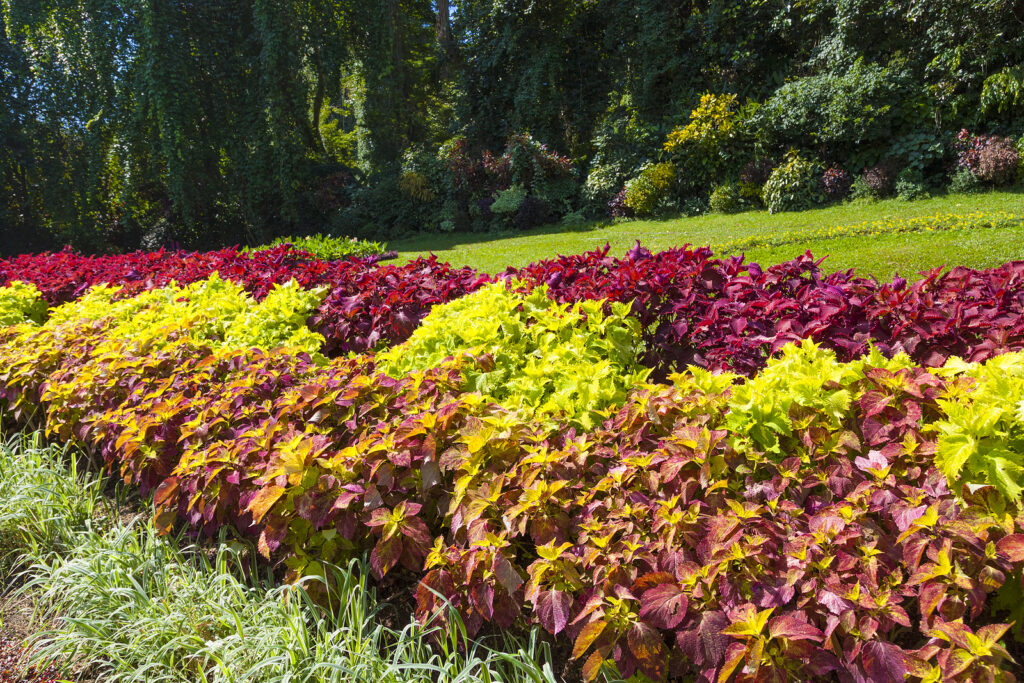
Tender annuals
| Botanical Name | Common Name |
| Ageratum spp. | Flossflower |
| Amaranthus caudatus | Love-lies-bleeding |
| Amaranthus tricolor | Joseph’s coat |
| Asclepias curassavica | Bloodflower |
| Begonia semperflorens | Wax begonia |
| Browallia spp. | Browallia |
| Coleus spp. | Coleus |
| Heliotropium spp. | Heliotrope |
| Hypoestes phyllostachya | Polka-dot plant |
| Impatiens spp. | Impatiens |
| Mimulus spp. | Monkey flower |
| Pelargonium spp. | Geranium |
| Perilla spp. | Perilla |
| Salpiglossis sinuata | Painted tongue |
| Tagetes erecta | African marigold |
| Tagetes patula | French marigold |
| Torenia spp. | Wishbone flower |
| Tropaeolum spp. | Nasturtium |
| Vinca major ‘Variegata’ | Periwinkle |
| Zinnia spp. | Zinnia |
Hardy perennials
Hardy perennials such as columbine die to the ground in winter, but the roots remain alive to put up new growth year after year. A plant is called root-hardy when the upper part of the plant winter-kills but not the roots.
Hardy trees and shrubs
Trees, shrubs, and other woody plants are hardy when the entire growth remains alive through the winter. Woody plants are affected in different ways that annuals and perennials. A tree or shrub is said to be bud-hardy when the flower buds formed in summer or autumn to bloom the following spring pass through winter uninjured.
Hardening-off young plants
Hardening-off describes the process of preparing or “toughening” young plants (started from seed indoors) for outside weather conditions, especially when outdoor temperatures are lower. Young plants can be acclimatized to lower temperatures and outdoor exposure in several ways:
- Young plants can be moved from a greenhouse or indoors to a cold frame and exposed to lower temperatures gradually.
- Plants in a cold frame can be set outside during the day and covered with a floating row cover then returned to the cold frame at night.
- Plants in the garden can be protected by cloches or movable fabric or plastic tunnels at night and exposed to the elements during the day.
- During hardening off, protect plants not only from cold but also from full sun and wind—all of which can cause young plants distress. Use shade cloth a tunnel covered with garden fabric or a lean-to made of lath to buffer wind and sun.
- Hardening off is commonly done over a period of three to five days before transplanting. Harden off young plants a few hours the first day, add more hours each day until the plant is exposed to the outdoors for six to eight hours.

Cloches and tunnels to protect young plants
Protective coverings can raise the temperature around young plants and half-hardy and tender plants by 5 to 20 degrees Fahrenheit or more. Temporary and easily movable coverings are useful where the weather warms up, then is hit by a quick frost, and then warms up again. Place protective coverings over young plants that are hardening off and over the tender and half-hardy plants when nighttime temperatures may dip.
Here are two simple and easy to move and store plant coverings:
- Cloche. Cloche is any covering that allows sunlight to reach a plant but keeps cool temperatures and winds away. A simple cloche is made by removing the bottom from a plastic jug and setting it over a plant. A cloche traps heat and warms the soil and air under it.
- Plastic or fabric tunnel. Tunnels made from sheet plastic or garden fabric stretched across arched construction or chicken wire, wire wickets, or over hoops of PVC tubing can cover rows of young seedlings or new transplants. Portable tunnels can be 1 to 3 feet wide and 10 to even 15 feet long. Plastic tunnels can be as much as 10 to 20 degrees warmer than the outside temperature and give half-hardy and tender plants a one to two-week head start on the season.

